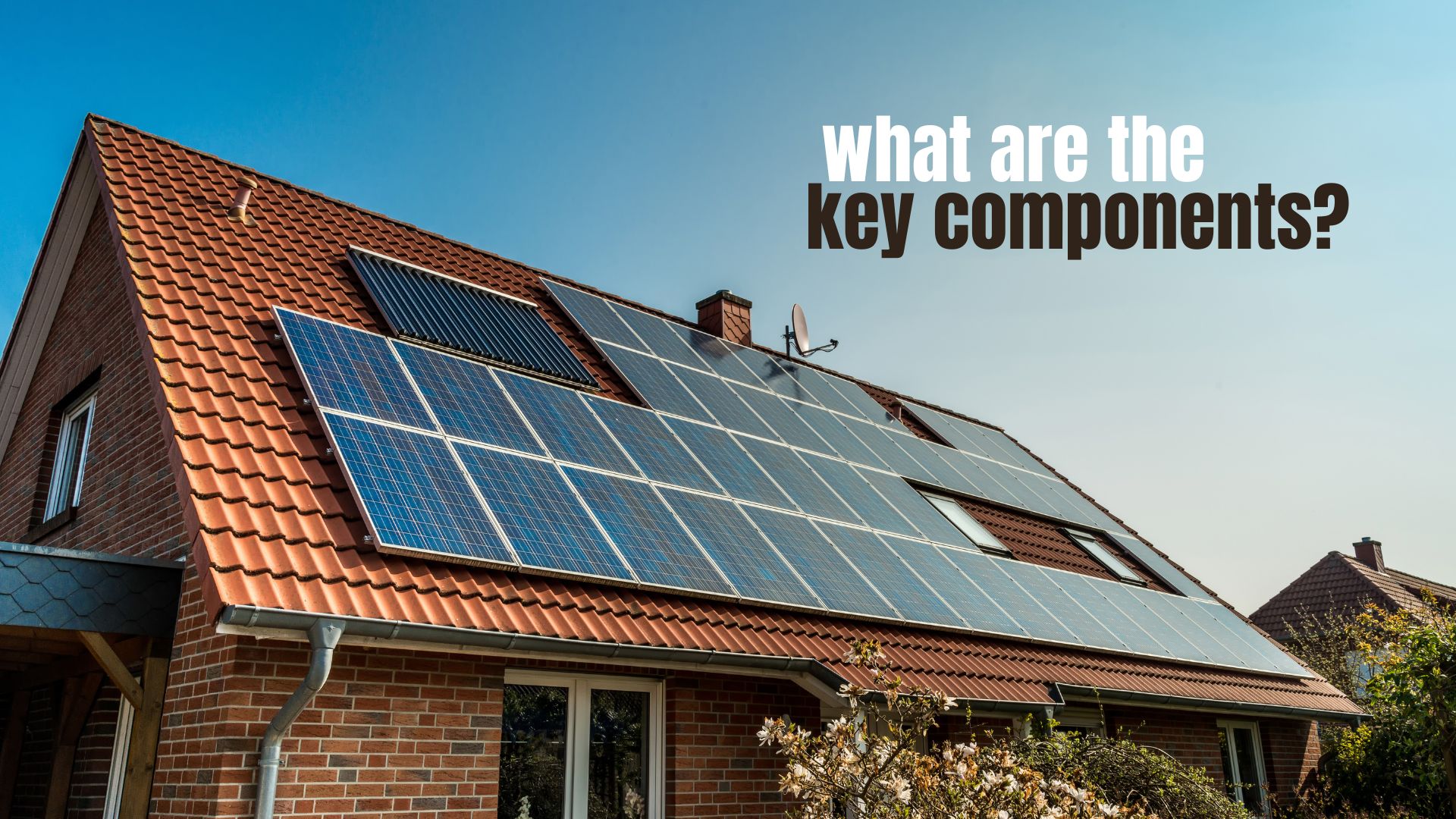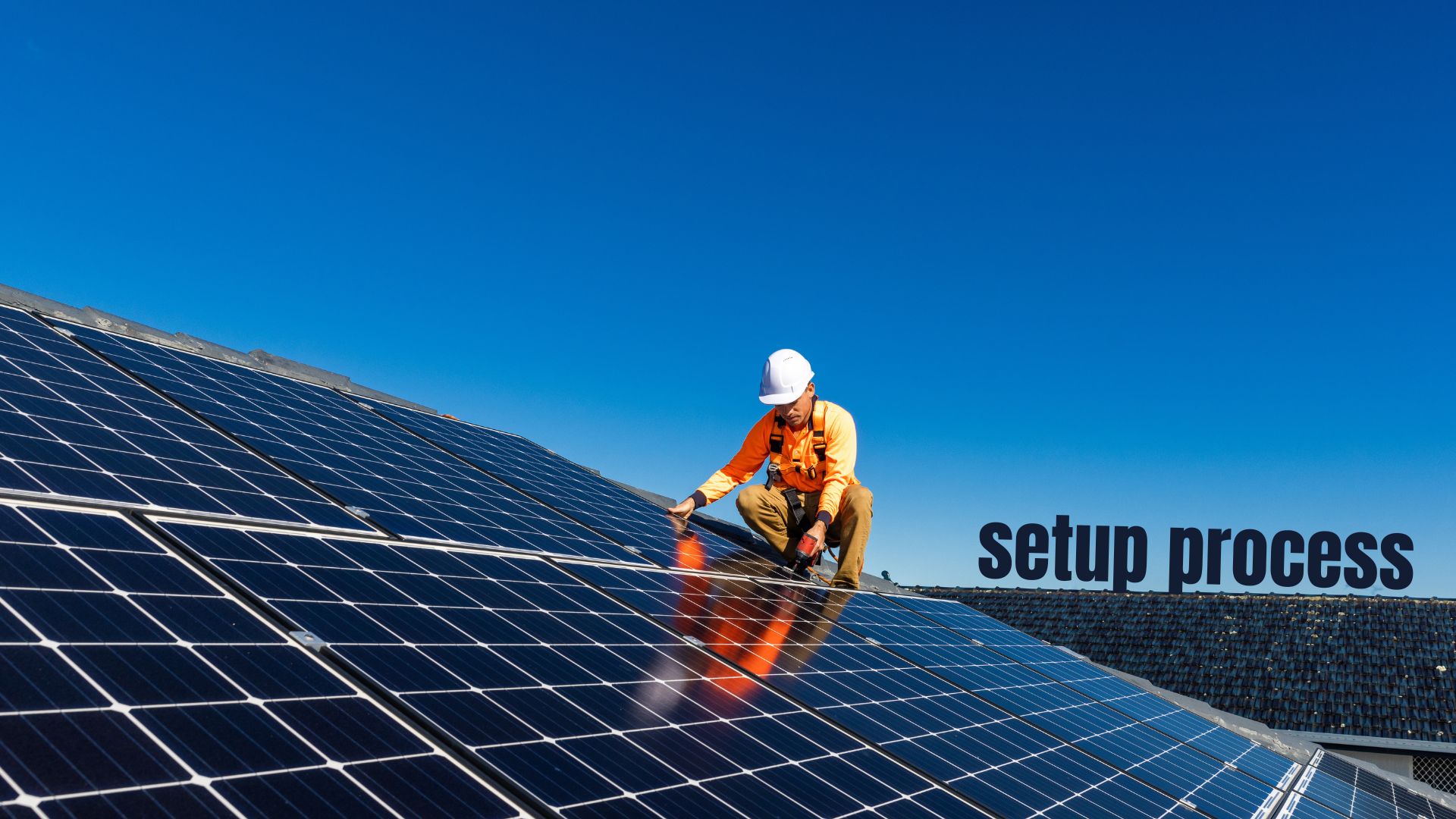Have you found yourself pondering the purchase of a mode, efficient, and beneficial home solar system at any point over the previous decade? Are you frustrated with ever-increasing electricity bills, unpredictable power supplies, and centralized energy independence? You are in the right place if you want a sustainable, environmentally friendly, and cost-effective home solar system.
While home solar power systems are manufactured in various types, depending on the individual’s requirements, certain key components such as an inverter, solar panels, a monitoring system, and a battery must be included. Utilizing a professional for the setup process is highly recommended.
Are you facing financial constraints preventing you from employing a costly industry expert to assist with the installation process? While it is recommended to thoroughly consult with relevant home solar panel specialists, you can connect your system without any outside help if you have a comprehensive understanding of its key components and setup requirements, as this article will demonstrate.
What are the Key Components of a Home Solar Power System?

Purchasing and installing a home solar power system is enormously advantageous to the 21st-century consumer, with the clean source of power lowering yearly emissions, monthly electricity bills, and the reliance on unreliable centralized power sources.
Despite the numerous benefits of installing a home solar power system, it is a complicated and occasionally dangerous process for inexperienced operators. There are also many financial considerations, as financing your home solar system can be expensive.
However, understanding the system’s critical components will allow for a seamless installation process and a cost-effective, low-maintenance household operation. It should be noted that the home solar system’s accompanying components may vary depending on the specific model, type, and investment. Yet, five primary components are critical to any contemporary home solar system.
Solar Panels
The home solar system’s accompanying panels are the most critical component. Modern solar panels are usually made from advanced photovoltaic material and are solely responsible for capturing the sun’s rays and converting them into a usable and sustainable electric current. The size and number of solar panels depend solely on your household needs. (Related article: How Do Home Solar Panels Work? A Comprehensive Guide)
Racking and Mounting
A mountain and racking structural component should be standard with most modern home solar systems. A mountain and racking component will form a critical structural component, guaranteeing that your solar panels are correctly, securely, and safely attached to the roof or a location appropriate to your requirements.
Inverter
Many industry professionals consider an inverter the most fundamental component of a home solar system as it converts direct current from the solar panels into a functional form of electricity known as alternating current.
Battery
Despite some claiming solar batteries are not essential to modern home solar systems, they offer incredible benefits and will ensure your home can remain off the grid despite inclement weather conditions. Solar batteries will allow you to store any excess electricity when needed while significantly decreasing your energy dependence.
Monitoring System
Most high-quality home solar systems have a digitalized monitoring system. Home monitoring systems will allow you to continuously track the overall performance of your home solar system, simultaneously warranting complete system efficiency and longevity.
Assess Your Home’s Energy Requirements
It is crucial to comprehensively assess your home’s energy requirements before installing a costly home solar system. Modern home solar systems are unique and individualized, meaning you could save thousands of dollars and countless troubles during the setup process by initially assessing your needs.
The best way to thoroughly and accurately assess your household’s requirements is by:
Despite the inconvenience and effort associated with comprehensively assessing your past, current, and future electricity requirements, the process will guarantee your home solar system can effortlessly meet and exceed daily power necessities without spending too much money on additional solar panels.
Correct Solar Panel Orientation And Placement
Orientating, placing, and installing solar panels is critical regarding the home system's longevity, induced benefit, and overall efficiency.
While it is recommended to employ a well-trained and experienced industry professional to assist with the solar panels’ orientation and placement, there are several key considerations to keep in mind:
Installation Process

Once you are comprehensively satisfied with your solar panels' orientation, placement, and installation, you can connect the remainder of the system.
While employing an experienced industry professional for the setup process is highly recommended, homeowners with sufficient DIY, electrical, and wiring insulation expertise can complete the setup process without requiring costly external assistance. It must be noted that the setup process of any home solar system will be different depending on its layout, the direction it's facing, current electrical installations, safety concerns, and financial constraints.
Despite a notable lack of industry regulatory and installation standardization, there are several critical steps to keep in mind during the setup process:
Once you are satisfied with your home solar system setup, it is vital to implement a regular, thorough, and appropriate maintenance routine, guaranteeing the self-sustaining electricity hub continues to perform optimally.
Maintenance schedules and regularity will differ from person to person. However, it is essential to always remove any visible dirt, reduce shading during crucial daylight hours, and systematically inspect the system’s wiring and other electrical components for any evident wear and tear.
Final Thoughts
In conclusion, modern home solar systems significantly benefit the average consumer concerning their yearly environmental impact, dramatically reduced electricity bills, and energy independence. Once key components such as the inverter, solar panels, orientation, and monitoring system are safely installed, your journey toward a cleaner and more viable future is here.

